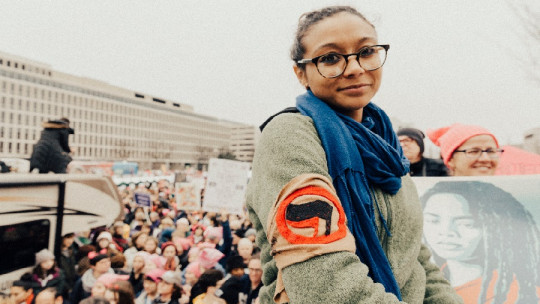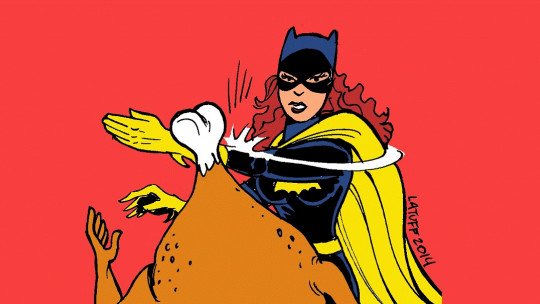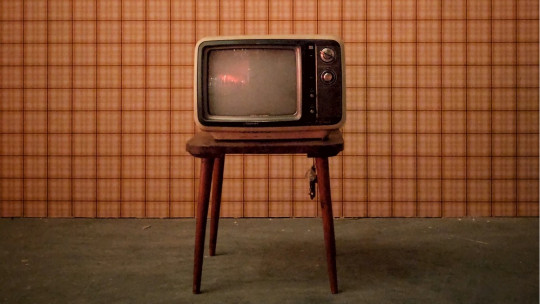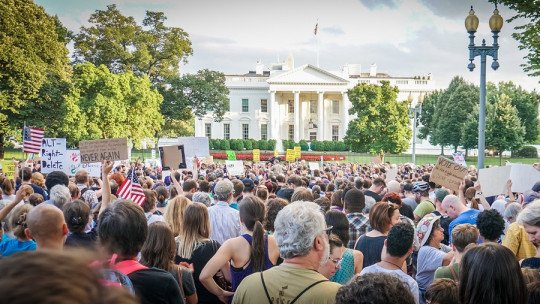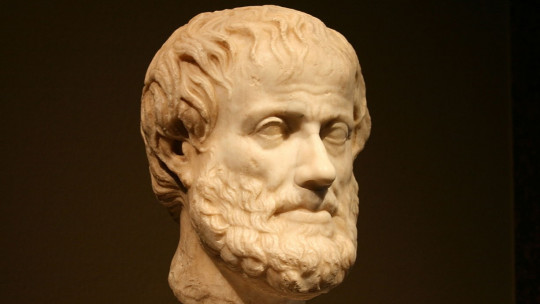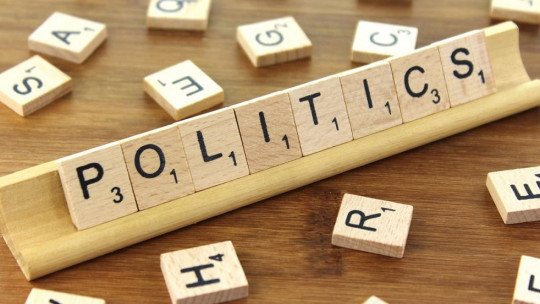
One of the most basic and at the same time most complex processes of political and administrative systems is decision making. It involves, among other things, defining problems and finding possible solutions. Likewise, it involves different needs, interests and explanations related to social phenomena. Ultimately, the complexity lies in finding a way to “significantly alter the way collective problems are addressed” (Dente and Subirats, 2014).
In the public sphere, decision making can become visible in the design and implementation of strategies that directly impact situations defined as a collective problem. The latter is what is defined as “public policy.” a concept that we will develop introductoryly in this article.
What’s public politic?
The word “politics” is a term that has its origins in the most classical traditions of philosophy and that can have many definitions, depending on the purpose of its use. The most modern definitions refer to matters that have to do with the exercise of power And in this sense, the term is also related to the intention to solve collective problems, which in turn links public powers and expenses with daily life.
If we also understand the “public” as a common space, where both conflicts and solutions are generated, we can say that a “public policy” is a set of objectives, decisions and actions carried out by a government to solve problems that are considered priority in a particular context (Tamayo, 1997). Some examples of public policy are the set of measures that are implemented to manage health, education, culture, sports, among others, and the costs and benefits that this entails.
In this sense, Public decisions and public policies are strongly related elements, but they do not refer to the same process. The second is a much more extensive mechanism, and is made up of different decisions.
The public policy construction cycle
The set of objectives, decisions and actions that make up a public policy is carried out through a complex process that begins with the detection of a problem. The latter has to be important enough to pay more or less immediate political and governmental attention. That is to say, to place it on the government agenda and in this way, begin to propose different solutions that significantly impact the problematic situation.
The process of making public policies then follows different phases, which have traditionally been divided as follows: definition of the problem, designing alternative solutions, deciding on an alternative, implementing it, evaluating the results obtained.
About the analysis process
As we have seen, public policy is the set of actions that are launched to provide a solution to a previously identified collective problem. Hand in hand with this, we can talk about another process: the analysis of public policy, which occurs when the scope and results of the actions that have been implemented are evaluated Or, when the objectives are evaluated, the performance of the different actors, the networks that were generated, the means that were used, among other elements of the process of carrying out a specific policy.
Being the result of a process, the isolated phases of public policy creation do not have meaning or effectiveness in themselves, but rather in relation to the others, which becomes visible precisely in the analysis. For example, it is possible to adequately define and detect a problem, but error when implementing the solution Or it may happen that there is an adequate implementation plan, without there being a well-defined problem, or without the implementation plan corresponding to the real problem.
For all of the above, the concept of public policy can also be understood as a term that is operational for analysts, although, due to the complexity of each of the phases that we have described above, the implementation of each one only partially corresponds
Who makes them? Government and citizen participation
The processes through which decisions are made in public policy have a close dependence on the activity of different actors, as well as with a plurality of needs and interests
Originally, and in many contexts, the process of making public policies was a task reserved for political powers and specialized people. That is, for one or several actors considered competent to launch any of the phases that make up the public policy process.
However, and given that specialized actors often turn out to be unrelated to the problem and the impacts of its solution, the design, implementation, evaluation and analysis process has recently moved towards more participatory mechanisms, where people who are involved are included. will be affected by the policy in question. The latter has made the processes of creating public policies acquire a complex nature regarding decision making where various mirages can arise about the participation of different actors.
In very general terms, participatory processes have emerged after recognizing that the government, traditionally in charge of carrying out public policies, as well as “politics” itself, are nothing more than a set of people and institutions with political and legal powers to make decisions, that impact common spaces. Therefore, people who are also part of said spaces can be considered competent in political terms.


